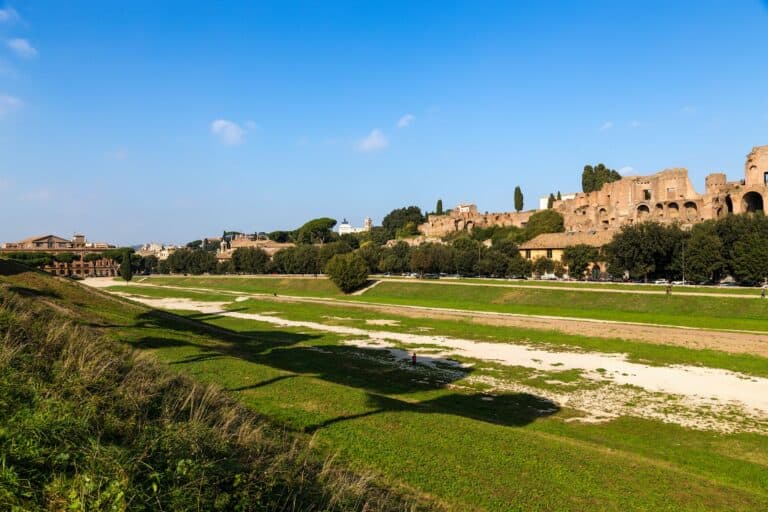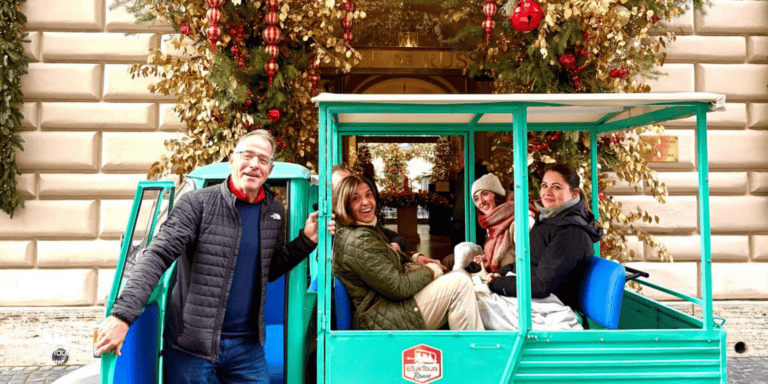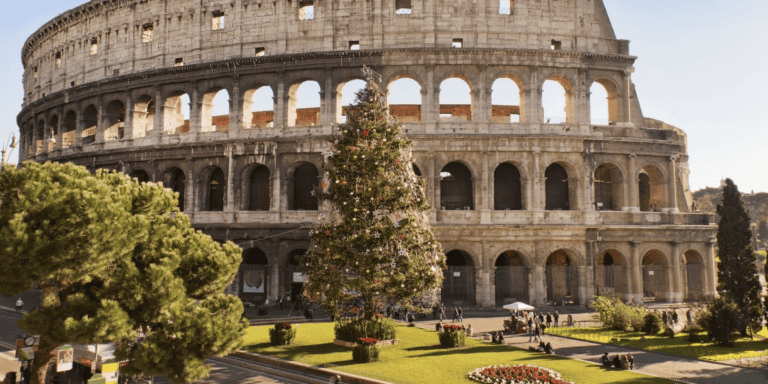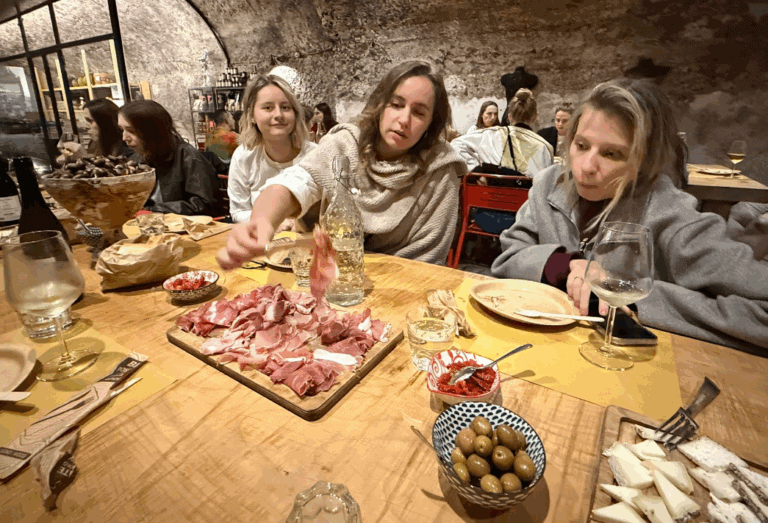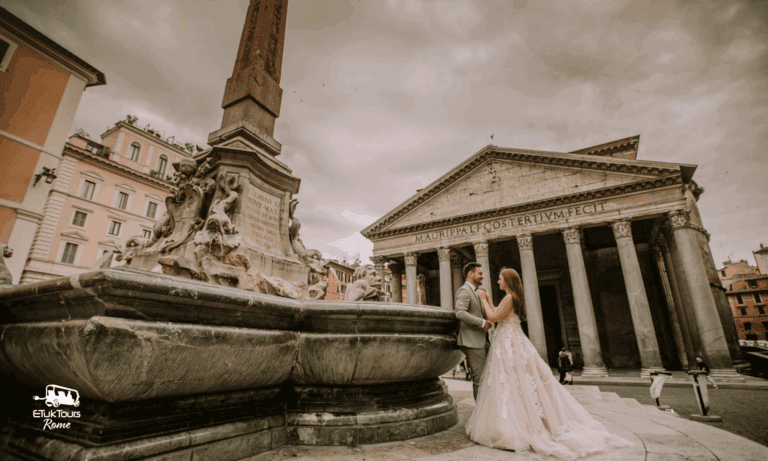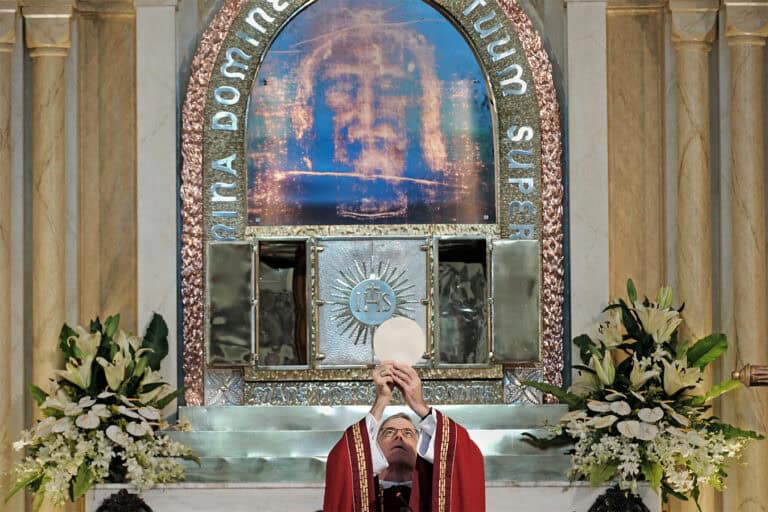Rome in August? Yes — it’s hot, it’s sunny, and it’s surprisingly magical. While many locals head out of the city for their summer break, travelers who dare to brave the August heat are rewarded with a different side of the Eternal City — one where sun-drenched piazzas glow golden, historic streets are a bit quieter, and gelato feels like a lifesaving invention.
So if you’re planning a trip to Rome in August (or are already packing your suitcase), this guide will walk you through everything: weather expectations, what to pack, what’s open and closed, and how to enjoy the city like a seasoned traveler, even when the temperatures soar.
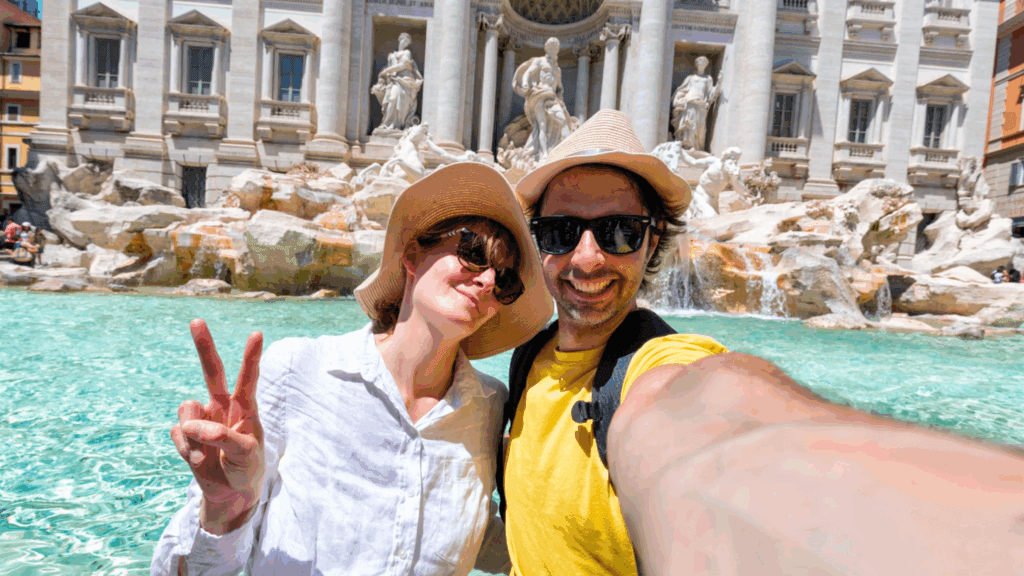
What’s the Weather Like in August?
Let’s not sugarcoat it: Rome in August is hot. Temperatures often hover around 30–35°C (86–95°F), and it can feel even hotter under the Roman sun, especially in the city center where the cobblestones and buildings radiate heat well into the evening.
Humidity adds an extra layer of intensity, especially in the first two weeks of the month. But if you plan your days wisely — starting early, breaking midday, and re-emerging after sunset — you can still soak in everything Rome has to offer without melting.
Pro Tip: Many attractions offer nighttime openings in summer, including the Colosseum. A Colosseum night tour under the stars is a cooler (and moodier) way to experience ancient history.
What to Wear in Rome in August
This is the time to embrace light, breathable clothing. Think flowy dresses, linen shirts, loose shorts, and fabrics like cotton that allow your skin to breathe.
While casual is fine, keep in mind that Rome is still a fashionable city — even tourists are often stylish! And if you’re planning to enter churches or religious sites (like the Vatican or St. Peter’s Basilica), modest dress is required: shoulders and knees must be covered.
Men: Lightweight T-shirts or polos with linen or chino shorts work well.
Women: Maxi dresses, midi skirts, or wide-leg trousers with sleeveless blouses or T-shirts are perfect. Add a lightweight scarf to throw over your shoulders when needed.
Footwear: Walking is a big part of any Roman adventure. Bring comfortable walking sandals (with arch support) or breathable sneakers. Rome’s cobblestones are not flip-flop friendly, and blisters are not a good look in photos.
What to Pack for Rome in August
Packing smart for August in Rome can mean the difference between a dreamy vacation and one spent in sweat and discomfort. Here’s what you’ll want to bring:
-
Sunglasses and a sunhat: The sun is strong and constant — protect your eyes and face.
-
Sunscreen: High SPF is essential. Reapply if you’re out for long stretches.
-
Water bottle: Rome has public fountains (called nasoni) with drinkable water everywhere. Bring a refillable bottle and stay hydrated.
-
Cooling towel or handheld fan: Especially helpful when waiting in line or walking through open ruins.
-
Bug spray: Mosquitoes can be annoying in the evenings.
-
Scarf or shawl: For visiting churches or just adding a bit of flair while staying cool.
-
Swimwear: You might find a hotel with a pool or take a day trip to the coast — you’ll be glad you packed it.
Optional but helpful: A small portable umbrella (for shade or sudden rain), foldable daypack for excursions, and foot balm or blister plasters if you’re not used to walking 15k steps a day.
Where to Stay in August
Accommodation choices in Rome in August can shape your whole experience. Since many Romans go on vacation during this time, central neighborhoods like Trastevere or Monti feel more relaxed and residential. You’ll find more space, fewer crowds at cafes, and still be walking distance from major sights.
If you’re looking for a way to beat the heat, consider booking a hotel with a swimming pool. Not many central Rome hotels have one, but if you’re open to staying a little outside the core (such as near Janiculum Hill, Aventine, or Parioli), you might land a peaceful resort-like stay. Websites like Booking.com and Expedia allow you to filter by pool, air conditioning, and other amenities.
Bonus: hotel prices are often lower in August compared to peak season, so you might be able to treat yourself to an upgrade.
What’s Open or Closed?
Rome is never fully closed — but during Ferragosto (August 15th), things shift. This national holiday marks the peak of summer vacation in Italy, and many small family-run businesses (especially restaurants, bars, and shops) close for a week or more.
However, don’t panic:
-
Major attractions remain open: The Colosseum, Vatican Museums (except Aug 15), Pantheon, and most archaeological sites operate as usual.
-
Public transport runs, though schedules may be lighter on August 15.
-
Tourist-friendly restaurants, gelaterias, and bars stay open, especially near popular areas like Piazza Navona, Campo de’ Fiori, Trastevere, and Termini.
-
Supermarkets and chain stores like Coop, Carrefour, and Conad are open with limited hours around the 15th.
Plan ahead by checking websites or Google hours. And embrace spontaneity — stumbling across that one trattoria still open with homemade pasta and a breeze from the fan is part of the August-in-Rome charm.
Booking Attractions in Advance
August is busy with international tourists, and standing in the blazing sun to buy a ticket is not fun. Avoid this by booking your major attractions ahead of time:
-
Colosseum: Reserve online and consider an early morning or night tour.
-
Vatican Museums: Buy tickets in advance and arrive early. The early access tours or skip-the-line options are worth it in the heat.
-
St. Peter’s Basilica: Entry is free, but the lines are long. Consider booking a guided tour or audio guide that allows you to bypass queues.
-
Pantheon: As of 2023, entry now requires a small fee. Book a time slot online to avoid surprises.
Extra tip: Look for combo passes or the Roma Pass if you plan to visit multiple museums and use public transport.
Enjoying the Eternal City by Night
August days are long, but nights are magical. Once the sun dips and the city begins to cool, Rome transforms:
-
The Tiber Summer Festival (Lungo il Tevere) runs along the riverbanks with open-air bars, pop-up shops, street food, and live music. It starts around 7 p.m. and goes until after midnight.
-
Sunset strolls across the Spanish Steps, Piazza Venezia, or the Roman Forum are cooler, less crowded, and incredibly photogenic.
-
Rooftop bars in neighborhoods like Monti or near Piazza Navona offer stunning city views with a breeze and a spritz.
-
Outdoor cinema festivals, art shows, and classical concerts are held throughout the city in August — check listings when you arrive or ask your hotel.
Don’t rush dinner — in Italy, evening meals start late. Locals begin showing up around 8 p.m., and it’s not unusual to be lingering over tiramisu and wine at 10.
Ferragosto: A Little Roman History
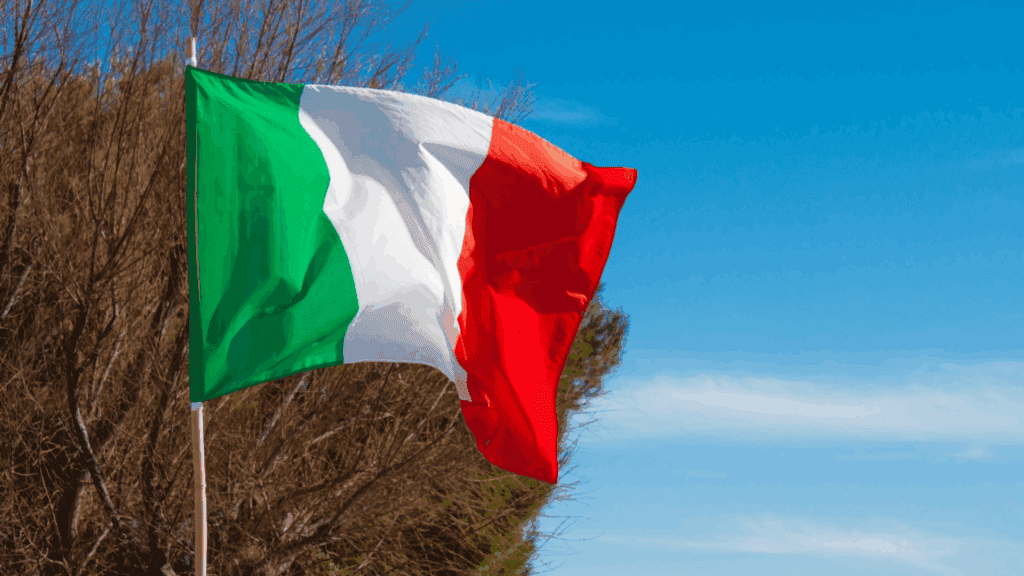
Ferragosto, celebrated on August 15th, is more than just a day off — it’s steeped in tradition. The name comes from “Feriae Augusti”, a festival introduced by Emperor Augustus in 18 BC to celebrate the end of the harvest season and give workers time to rest.
Centuries later, it was adopted into Catholic tradition as the Feast of the Assumption of Mary. Today, it’s a national holiday where many Italians head to the beach, the mountains, or their family homes in the countryside.
In Rome, the streets may feel quieter, but that gives visitors a rare look at the city without the usual pace. Churches hold special services, fireworks light up the sky, and you might even spot a parade or street performers in major piazzas.
Free Museum Days and Events
A big perk for August travelers: the first Sunday of the month means free admission to many state-run museums and archaeological sites. This includes the Colosseum, Roman Forum, Palatine Hill, and more.
These days can be busy, so go early and plan accordingly. For cultural events, Rome’s tourism websites often list open-air opera nights, jazz performances, or festivals you can join without tickets.
For real-time happenings, sites like turismoroma.it or RomeWise.com publish updated calendars of events in English.
Final Thoughts: Is August in Rome Worth It?
Absolutely — if you’re prepared.
Rome in August is not for those who love sweater weather or quiet corners. But if you adapt your pace, embrace the siesta mindset, and plan wisely, you’ll experience the city in a vibrant, sunlit, and uniquely Roman way.
Whether it’s sipping espresso in a shaded alley, marveling at ancient ruins in golden twilight, or dancing by the Tiber after dark — Rome in August is full of unexpected magic.
Travel smart. Drink lots of water. Wear a hat. And get lost a little. Rome will surprise you — even in the heat.


